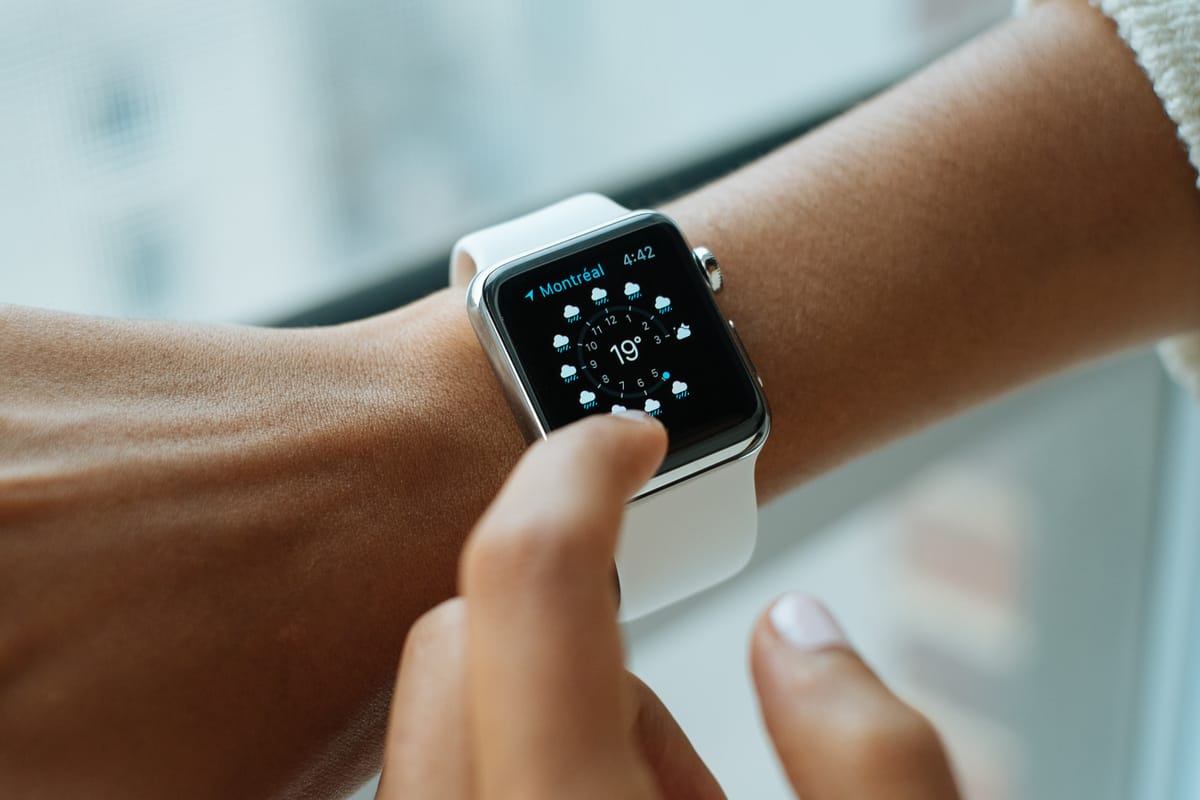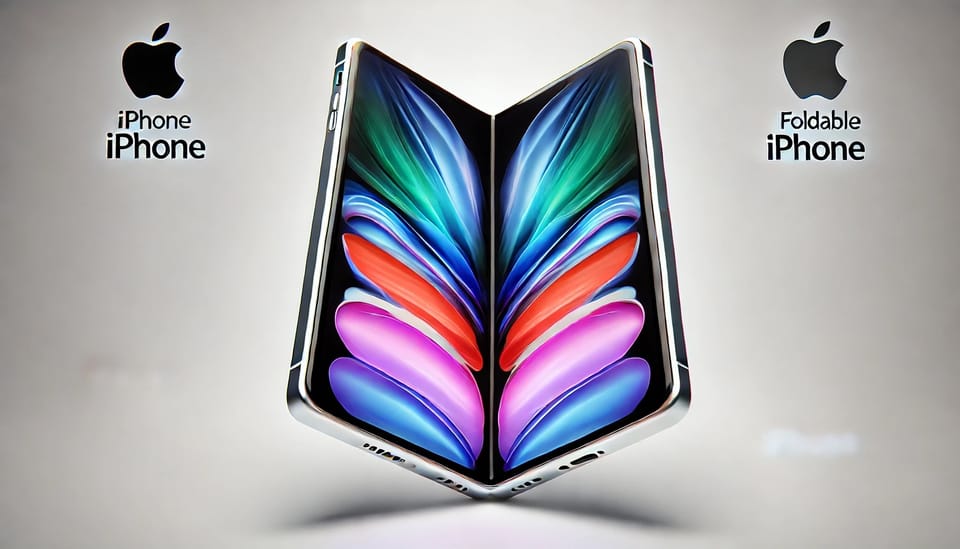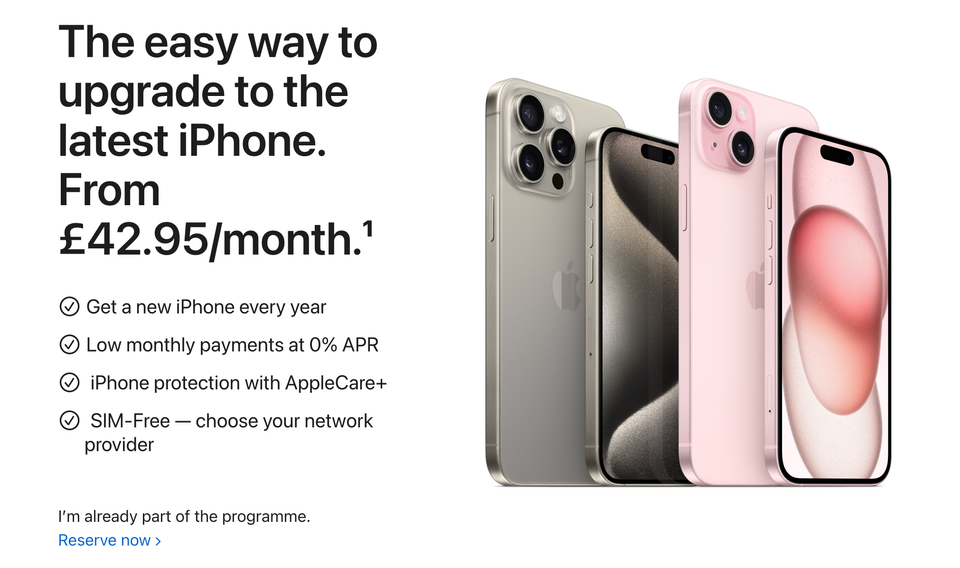Wearable devices market experiences 26.1% year-on-year growth

Ever since wearable devices came to the forefront of the tech market, I have supported the notion that they would soon be a part of our everyday lives in one form or the other. Today, we are experiencing a virtual explosion of wearable gadgets, from the widely useful to the extremely niche. Basic and smart wearable devices are becoming increasingly common for the everyday consumer having now moved away from focusing on the tech crowd only to being appealing choices for all kinds of people.
The International Data Corporation (IDC) recently published a report that confirmed the overall growth of the wearable market. To be more precise, 22.5 million units were shipped in the second quarter of 2016 and the market grew 26.1% overall on a year over year basis. However, since this market is quite fragmented, there were some important distinctions between the various types of wearables. First of all, the IDC proposes two categories for such devices. Basic wearables are those that do not support third-party applications, a category that includes fitness trackers and similar dedicated devices. On the other side of the spectrum we have smart wearables which support third-party applications and consist of items like smartwatches.
The important thing to note here is that whereas the basic wearable market grew 48.8% over the same period of 2015, the smart wearable market declined 27.7%. Ramon Llamas, research manager at the Wearables department of IDC, believes that smart wearables are struggling to find their place in the market mainly because users are not enticed to buy them. Conversely, basic wearables have an extremely clear focus, they provide a wide variety of options to the consumer, and they are frequently on the cheaper side of things.
Someone who wishes to complement their workout, for instance, is very likely to buy a dedicated fitness tracker. In this broad category, a consumer can choose between a multitude of different devices, one of which is certain to entertain his exact needs. On the other hand, a smartwatch can do a hundred different things that may be entirely useless to that particular consumer. Such cases are very common and will become even more relevant as more wearable devices make their way into the wider market.
Evidence of such trends can also be seen in the major vendors. Fitbit still reigns king in the wearable market as its fitness bands have become almost synonymous with the fitness market. Interestingly enough, Fitbit is also looking to expand its reach far beyond the fitness tracker trade with additional features such as mobile payments. Second on the line is Xiaomi whose Mi Band has steadily kept it at the second place, particularly in its native China. Despite being third on the list of the top five wearable vendors, Apple was actually the only major company to see a decline in shipments with 2 million fewer units shipped, translating to a -56.7% growth year over year. Garmin and Lifesense occupy the fourth and fifth places respectively with the latter making its first appearance on the list.
The expansion of the wearable market will truly be an interesting sight to behold, particularly alongside the release of 5G as well as the imminent explosive growth of the IoT market. The possibilities will be nearly endless for the tech industry once such devices become the norm.



